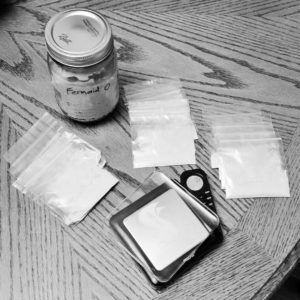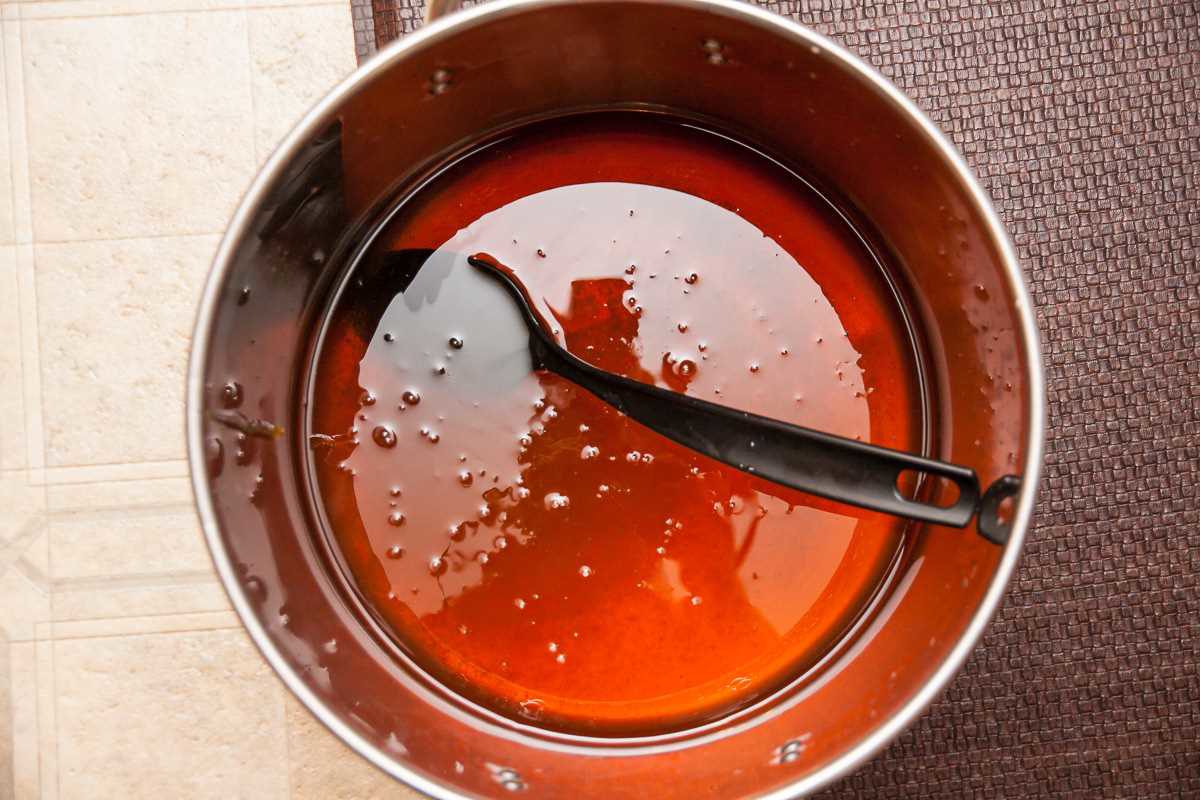Welcome to this, Episode 50 of the Meadcast. No seriously, it’s episode 50! We couldn’t have made it this far without the support of our fans, and in their interest we’re revisiting an early topic on the show, how to make a traditional mead. We’ve had episode 4 out for a while concerning just this topic, but over 49 episodes we’ve learned a lot about how to make mead, and more importantly, how to make it better. So we revisit our initial recipe and update with some modern twists, while at the same time experimenting with a few options to experience the mead differences firsthand. Tune in to find out just how we did it.
Right click here to download the mp3 directly.
Drinks in this Episode
- Allen and Tysen: Dry-hopped Mead (Brendan’s homebrew)
Links in this Episode
- If you want to put yourself through the torture of our early recording technique (and to critique our meadmaking practices), head on over to the original how to make mead episode

Tysen becoming a Fermaid O dealer during the making of this episode. - Curious about the Kiwimana Buzz podcast? Check out Tysen’s Meadcast promo in episode 98 (the promo starts at 7:11)!
- Help back a meadery on Kickstarter!
- Don’t miss out on these UC Davis Mead Courses coming up next year:
- The Mead Making Bootcamp, Jan 12, 2017
- The Beginner’s Intro to Mead Making, Jan 13-14, 2017
- The Feast: A Celebration of Mead and Honey, Feb 11, 2017
The Mead Recipes
Allen’s Nutrient Experiment
Common Ingredients
- 3 gallon must
- 10.38 lbs honey
- Water to 3 gallons
- SG: 1.132
- Lalvin 71b Yeast (2 grams per gallon)
- Go Ferm Protect Rehydration (2.5 grams per gallon)
The Nutrient Protocols
- TOSNA 2.0
- At 24, 48, 72, and 96 hours add 1.15 grams Fermaid O
- Fermaid K/DAP Protocol
- At 24, 48, 72, and 96 hours add 0.48 grams Fermaid K and 0.8 grams DAP
- No Nutrient
- No additional nutrients added during fermenation
All meads were degassed twice daily for the first week.
Begin fermentation with airlocks empty (allows for exchange of oxygen early in fermentation). On day 4, the FK/DAP mead airlock had water added as it was already at the 1/3 sugar break. The TOSNA 2.0 mead airlock had water added at the 7 day mark. The No Nutrient mead had water added to the airlock at 14 days.
Meads were cold crashed 21 days into fermentation, left for 2 weeks, then racked to secondary for clarifying.
Show us your Batches
As we mention in the show, we’re giving away nutrients to the first 5 listeners who contact us on social media with a screenshot using either the original BatchBuildr TOSNA calculator or the TOSNA 2.0 calculator. You provide the screenshot, we’ll provide the Fermaid O you need to make your batch. We are limiting this to a maximum of a 5 gallon batch. We look forward to seeing what you are making! You can reach us @MeadMakr, @MeadDrinkr, on Instagram or on Facebook.
Allen did not get the BatchBuildr update complete before the episode launched, but it shooting for a revision over the Thanksgiving break. Be sure to check back early next week to play around with yeast nutrient requirements for your next batch.
MeadMakr’s Taking a Break
It’s been one and a half years putting together this podcast with ne’er a break more than three weeks (and even those were typically followed by back to back episode weeks). So MeadMakr Allen and MeadDrinkr Tysen are taking a short break, but will return during the Winter Solstice for the second annual Merry Meadmust!
To celebrate Meadmust, we bring back this year’s guests with specially curated behind the scenes audio. It may be some juicy knowledge flow we couldn’t fit into an episode for time, or just a portion of the aftershow recording when things really get loose. We may even throw in a blooper or two. You’ll have to tune in to find out!
Until next time, wassail!
